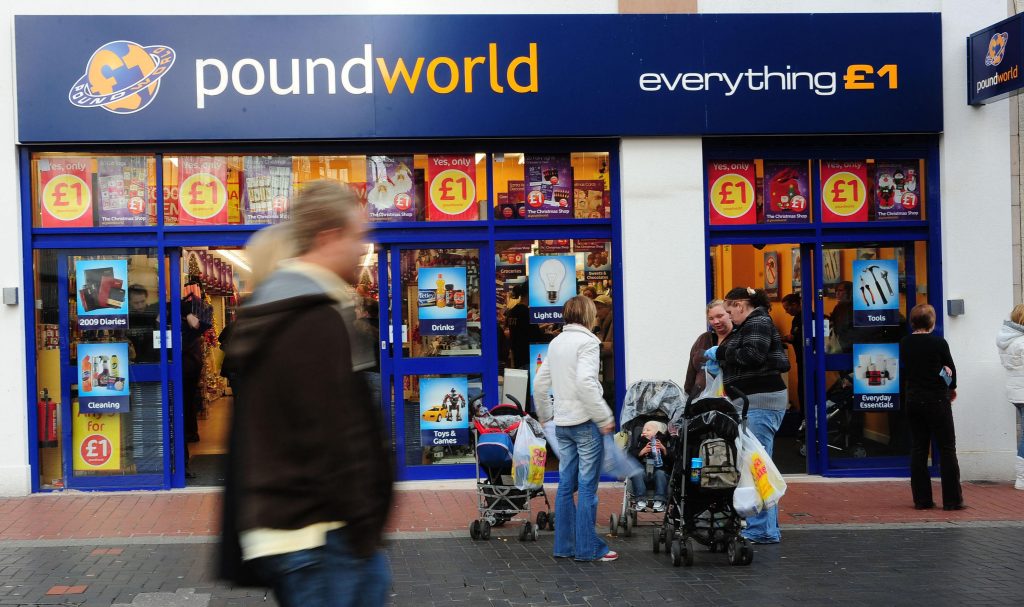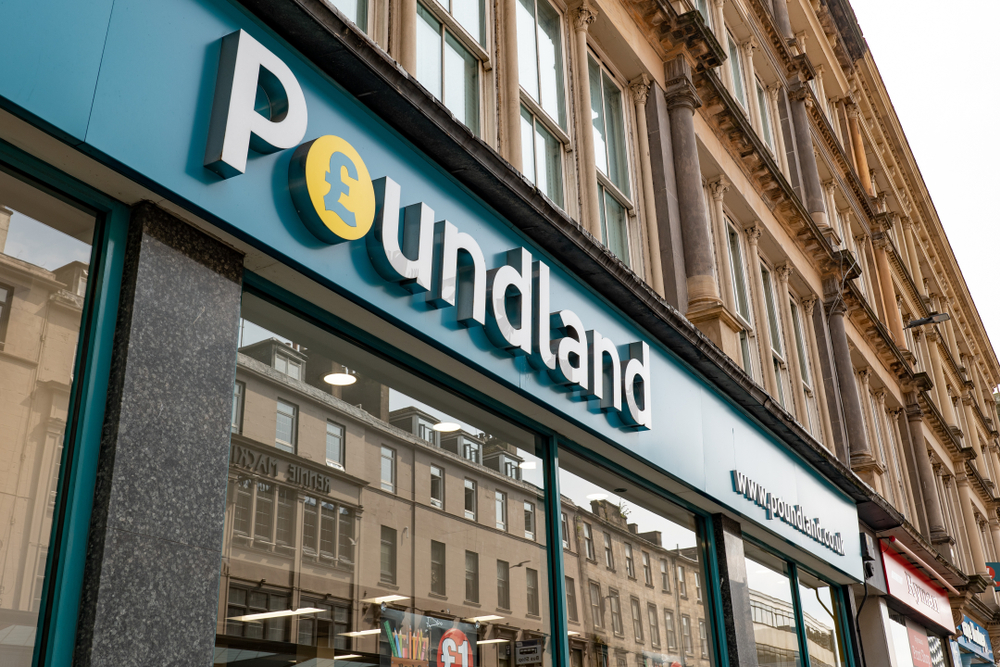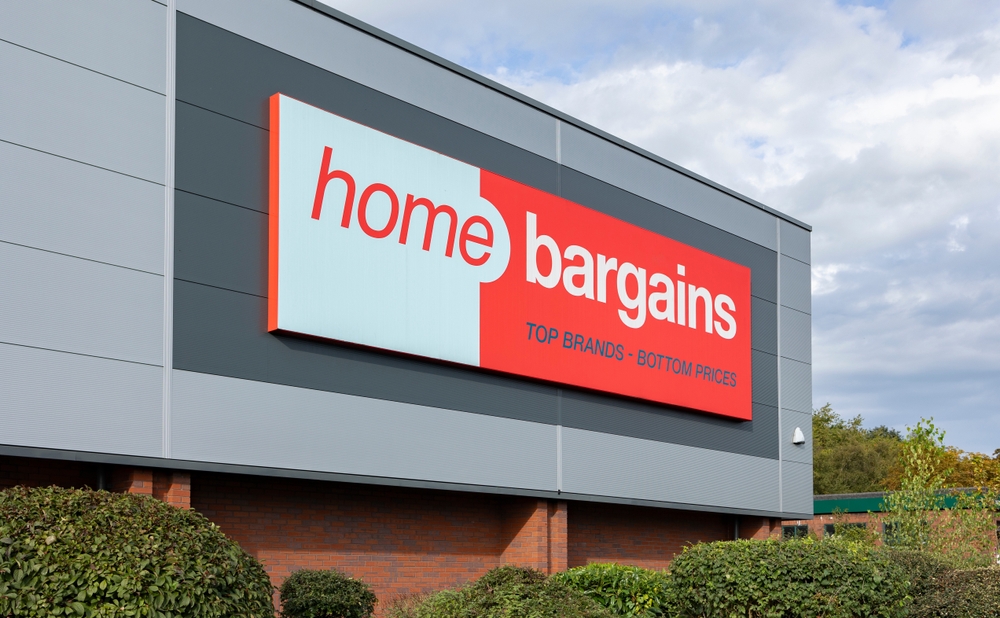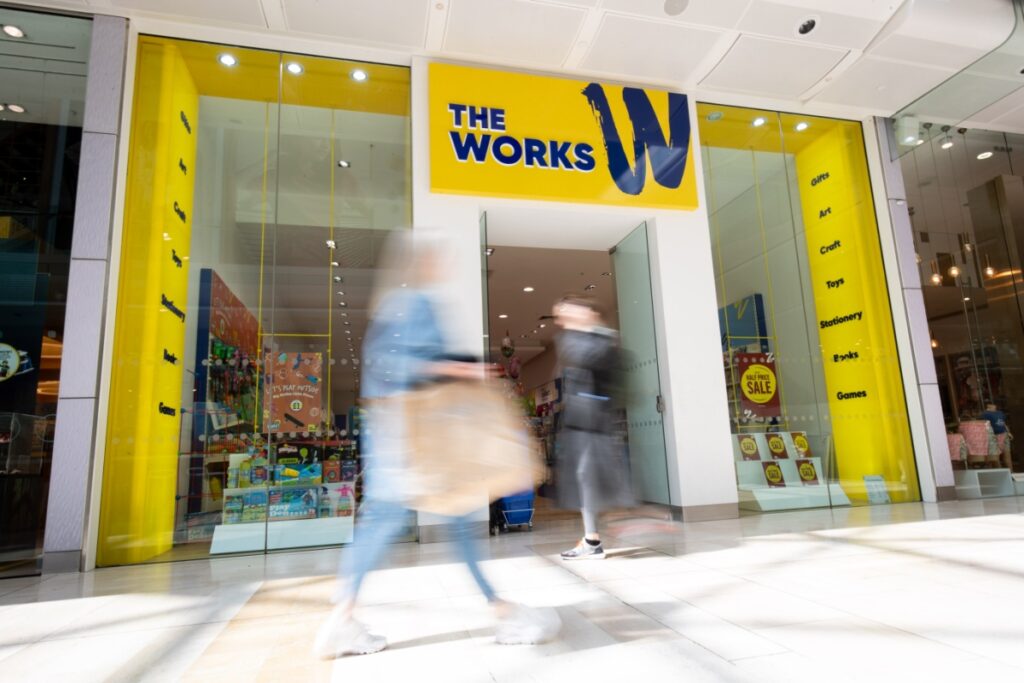2004: Poundworld is officially formed by Chris Edwards, who had been trading discount goods on market stalls in Yorkshire since 1974.
Prior to its official launch, Edwards had experimented with bricks-and-mortar discount stores, launching the multi-priced Bargain Centre, before launching his first single-price venture in 1997 with Everything’s £1.
2007 – 2013: The recession was key to the success and rapid growth of Poundworld, as people began to embrace the discount market and attitudes towards the sector changed.
Its sales grew 42 per cent in 2011, and 55 per cent in 2012, forcing it to ramp up both store sizes and numbers.
“Three years ago we realised that more people were coming into Poundworld due to the recession and there was an opportunity to expand,” Edward’s told the Yorkshire Post in 2011.
“We upgraded our brand and we realised we were becoming more attractive to landlords, particularly in shopping malls.”
This saw it more than double its store expansion drive from 12 stores a year pre-2010 to 27.
Though this rapid expansion proved lucrative in the early part of this decade, its mature and inflexible store estate would eventually turn on Poundworld when rising business rates, falling footfall in retail parks and much tighter margins hit.
February 2015: Its largest rival Poundland secures a £55 million deal that would see it absorb the smaller 99p Stores.
Competition was always rife in the discount retail sector, and a saturation of the market with newer players like B&M also piling on the pressure, was one of the many contributing factors to Poundworld’s downfall.
However, this sale was especially relevant as 99p Stores’ co-founder Hussein Lalani cited it as the point he realised the sector was no longer sustainable.
Speaking to the BBC this week, Lalani said he understood that the single price point model was no longer a viable option, so decided to make the sale.
The margin pressures piled onto the sector over the last two years have all but proved Lalani correct, forcing Poundworld to move away from its single price offering last year.
Its single price point was once a point of pride for Edwards, who said in 2011: “You’ve got to be aggressive with your cost price and we work on it every day.
“We’re expecting our suppliers to share the burden with us. Overall, some will concede, some won’t and some will meet us half way.”
Its departure from this model would ultimately be a key factor in its demise.
READ MORE:
May 2015: Global private investment firm TPG buys a majority stake in Poundworld for £150 million.
TPG’s mission was to inject enough cash to accelerate its already relentless expansion across the UK, while driving what it saw as an opportunity to increase the brand’s product offering and ultimately price offering.
September 2015: Poundworld confidently announced a 130 per cent increase in profits over the past year, and 38 new store openings.
Although 2015 would mark the retailer’s last set of positive profit figures, its strategy was clearly working and it continued to press ahead at breakneck speed.
November 2015: Its lightning expansion was exacerbated by a new £50 million deal with Santander, with the aim of opening in excess of 60 new stores a year.
This ambitious expansion, according to retail analyst Richard Hyman, was the leading contributing factor in Poundworld’s downfall.
“Importing products is not peculiar to Poundworld but others have been getting round this by getting manufacturers to put fewer biscuits in the pack, for example,” Hyman said.
“The bigger picture is there are too many retailers with too many stores for the market to feed.”
November 2015: Poundworld scraps its latest online venture, following various attempts to make it work.
Edwards said: “In terms of ecommerce, we have prioritised extra investment into our fast-growing wholesale company, Discount-Wholesale.co.uk.”
Its numerous failed attempts demonstrate its reliance on footfall and physical consumer spend, both of which would soon drop with the value of the pound.
It also highlights just how tight Poundworld’s operating margins were, as having to add a postage system and incurred costs to every order would make online sales unprofitable.
READ MORE:
February 2017: Poundworld reports pre-tax losses of £5.4 million for the year to March 31 2016, despite sales jumping 9.6 per cent to £462.7 million.
This dramatic drop in profits, falling from £21.9 million a year earlier, was incurred prior to the Brexit vote, exposing a massive shift in the sector.
A continual decline in footfall throughout 2015 and 2016 took its toll on Poundworld’s mammoth store estate, and the rise of new discounters like B&M, Lidl and Aldi drove even more people away from its doors.
“The financial year… was one of consolidation and investment for the business against the backdrop of continuing change for the value retail sector,” a Poundworld spokesman said.
March 2017: Poundworld introduces a range of multi-price products across its estate, aiming to offset the fall in its buying power since the Brexit vote less than a year earlier.
“Over the last few months, we’ve been listening to our customers, taking on board feedback and responding to their requirements from us – we’re truly passionate about helping people save as much money as possible on their weekly shop,” a Poundworld spokesman said.
This move would prove one of its most damaging. Not only did the move fail due other discounters who were well experienced in the multi-price point offering ultimately retain shoppers, but it meant customers lost trust in the retailer.
Its inability to maintain a price promise that was in its own name met with mockery on social media, and created confusion about the brand’s identity.
Richard Hyman said: “The clue’s in the name: These days having a fixed price in the title is a disadvantage.”
March – December 2017: The fallout of Brexit continued to pile pressure onto the retailer, which was already struggling with huge profit losses due to changes in shopping habits within the sector.
BBC business correspondent Jonty Bloom said discount retailers have been hit harder than many other mid-market retailers.
“For pound shops these problems can be multiplied,” he said.
“For a start they depend on high turnover because the margin of profit when everything is sold for a pound is minute.
“Then they import a lot of what they sell, including large amounts from specialised suppliers in China.
“The weakness of the pound has pushed up the cost of imports and when by definition it is impossible to increase their prices, the squeeze on pound shop profits can be dramatic and very sudden.”
Click here to sign up to Retail Gazette‘s free daily email newsletter


















